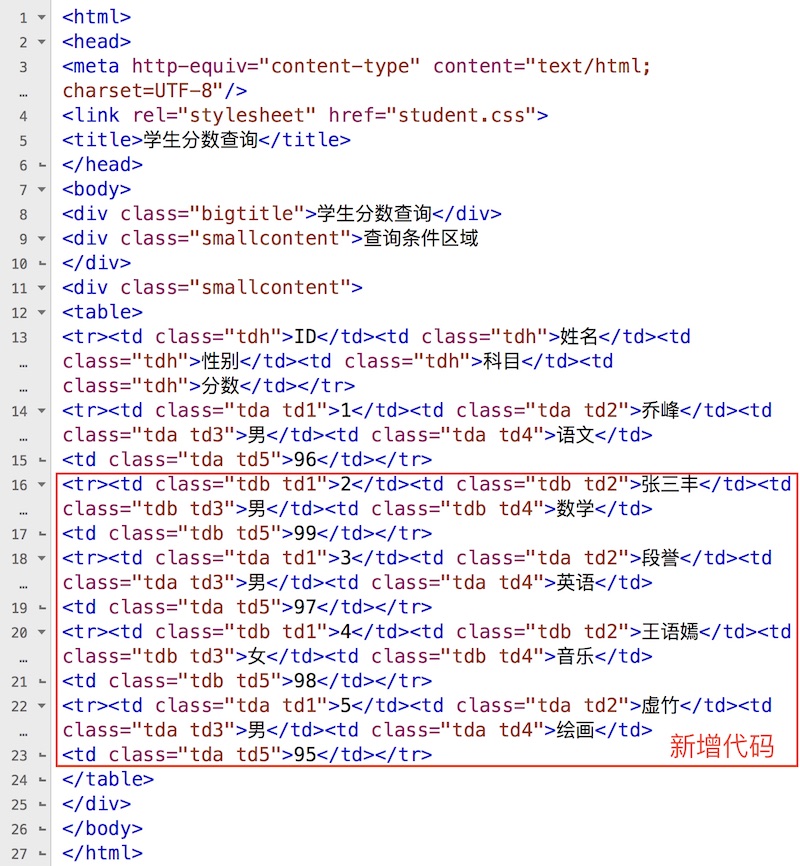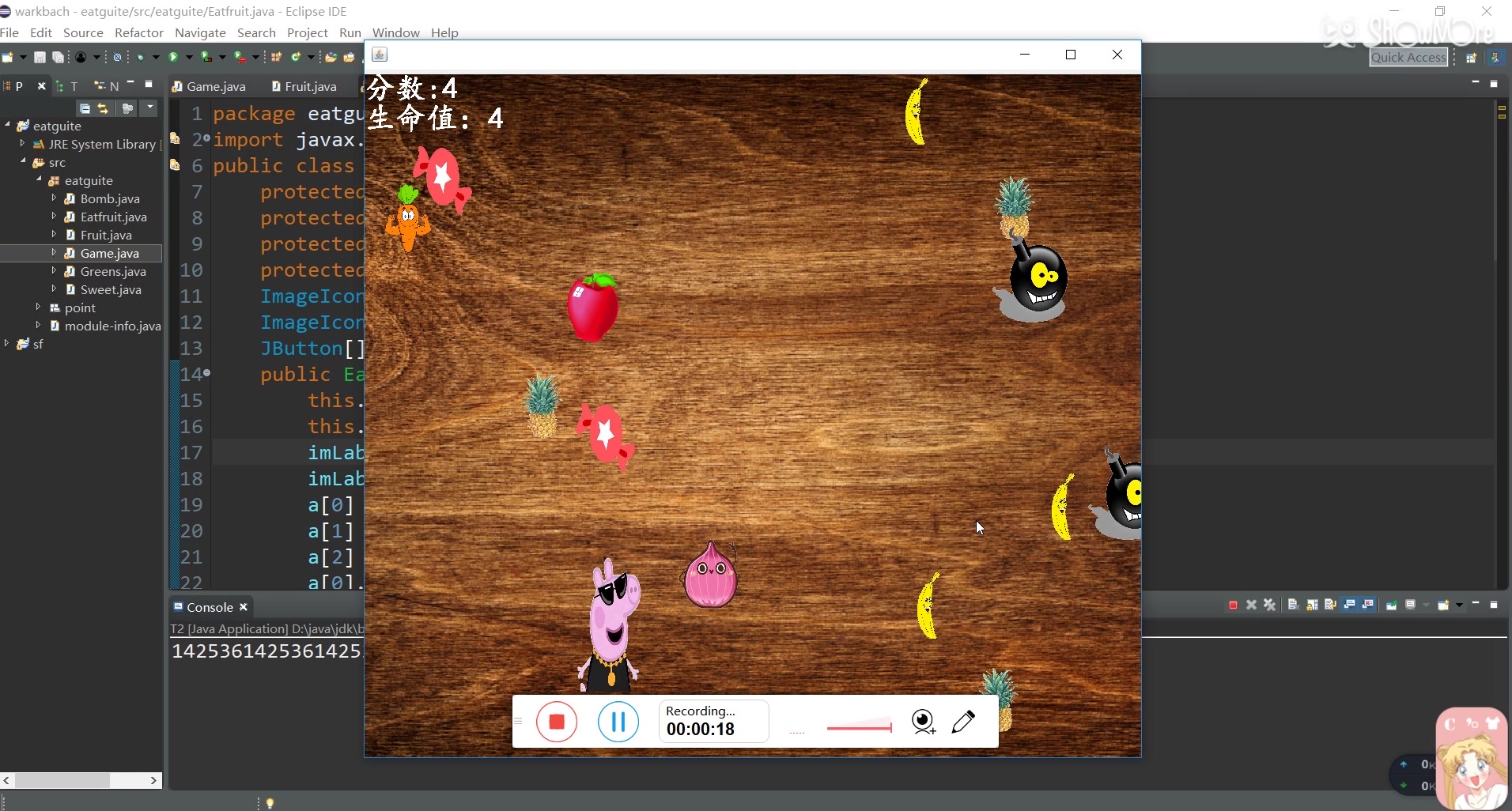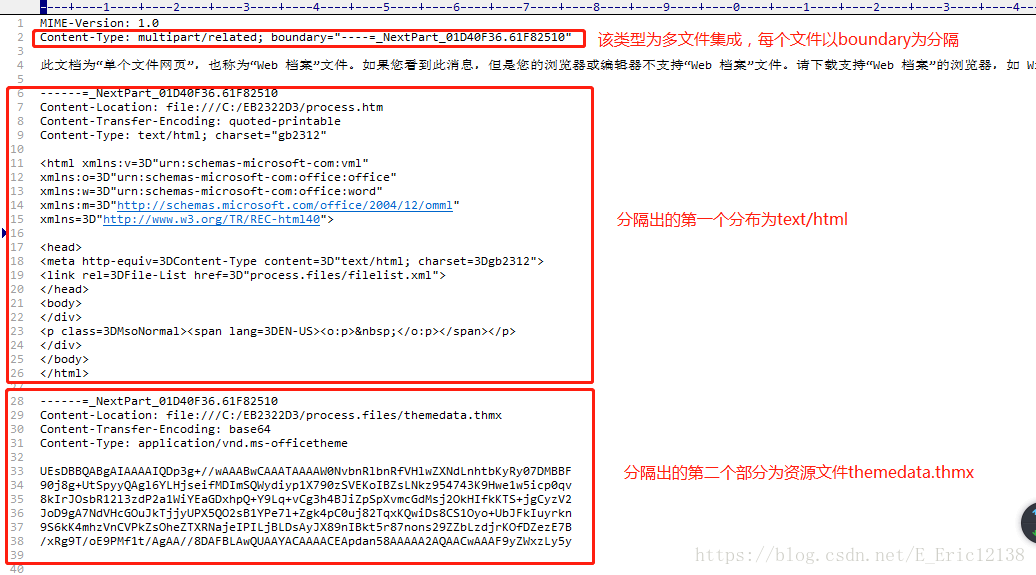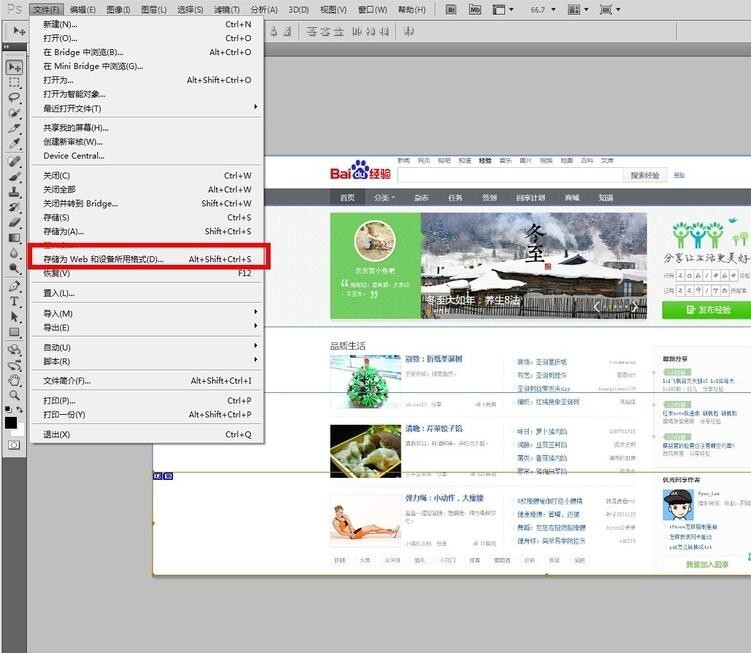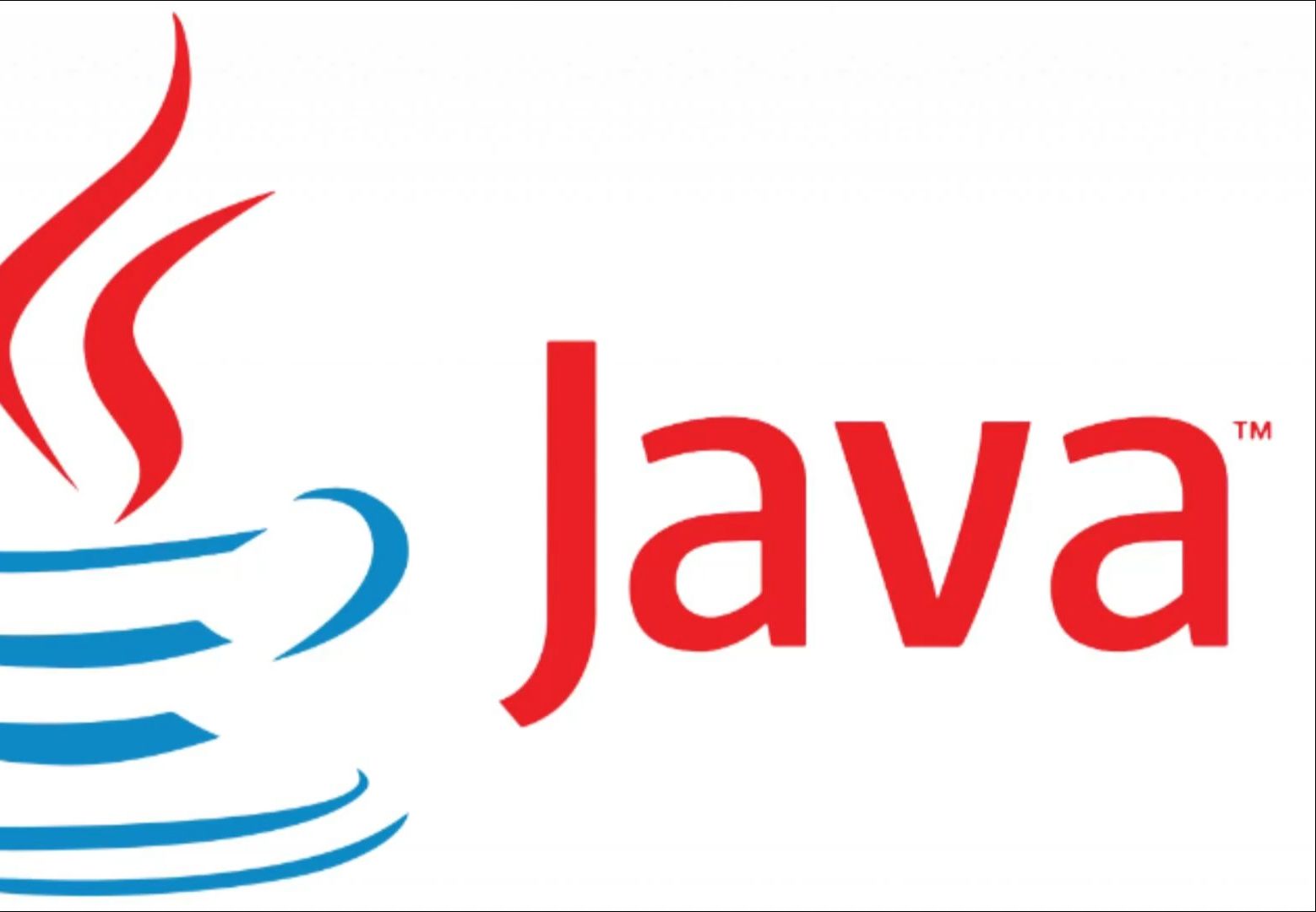上一篇
怎么去除 号java
- 后端开发
- 2025-07-12
- 4803
Java中,可使用
replaceAll方法结合正则表达式去除字符串中的特定符号,如
replaceAll("[#]", "")可去除所有
#号
Java编程中,处理字符串时经常需要去除特定的字符或符号,比如去除字符串中的“号”,这里的“号”可能指的是单引号、双引号或其他特殊符号,下面将详细介绍几种在Java中去除“号”的方法,并提供相关的代码示例和注意事项。
使用replace()方法
replace()方法是String类中的一个简单而强大的工具,它可以将字符串中的某个字符或子字符串替换为另一个字符或子字符串,对于去除单引号或双引号,我们可以直接将目标字符替换为空字符串。
示例代码(去除单引号):
public class RemoveSingleQuote {
public static void main(String[] args) {
String original = "It's a beautiful day.";
String result = original.replace("'", ""); // 去除所有单引号
System.out.println(result); // 输出: Its a beautiful day.
}
}
示例代码(去除双引号):
public class RemoveDoubleQuote {
public static void main(String[] args) {
String original = ""Hello, World!" she said.";
String result = original.replace(""", ""); // 去除所有双引号
System.out.println(result); // 输出: Hello, World! she said.
}
}
注意事项:
replace()方法只能替换字符串中的第一个匹配项,如果字符串中有多个相同的字符或子字符串需要替换,应该使用replaceAll()方法。- 如果要替换的字符是特殊字符(如正则表达式中的元字符),需要使用
\进行转义。
使用replaceAll()方法
replaceAll()方法与replace()方法类似,但它使用正则表达式作为搜索条件,因此可以一次性替换所有匹配的字符或子字符串。
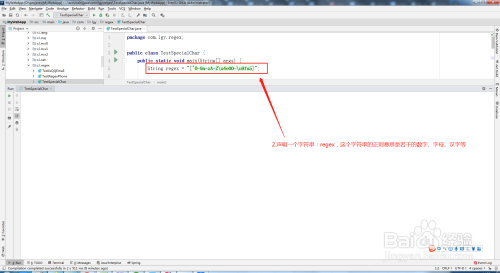
示例代码(去除单引号):
public class RemoveAllSingleQuotes {
public static void main(String[] args) {
String original = "It's a 'beautiful' day.";
String result = original.replaceAll("'", ""); // 去除所有单引号
System.out.println(result); // 输出: Its a beautiful day.
}
}
示例代码(去除双引号):
public class RemoveAllDoubleQuotes {
public static void main(String[] args) {
String original = ""Hello, "World!" she said."";
String result = original.replaceAll(""", ""); // 去除所有双引号
System.out.println(result); // 输出: Hello, World! she said.
}
}
注意事项:
replaceAll()方法接受的是正则表达式,因此如果目标字符是正则表达式中的元字符(如, , , , ,[,], , ,^, , , 等),需要使用\进行转义。- 正则表达式中的表示任意字符,包括换行符,如果只想匹配实际的点字符,需要使用
.。
使用StringBuilder或StringBuffer
对于需要频繁修改的字符串,使用StringBuilder或StringBuffer可以提高性能,这两个类提供了deleteCharAt()方法,可以删除指定位置的字符。
示例代码(去除单引号):
public class RemoveSingleQuoteWithBuilder {
public static void main(String[] args) {
String original = "It's a 'beautiful' day.";
StringBuilder sb = new StringBuilder(original);
for (int i = 0; i < sb.length(); i++) {
if (sb.charAt(i) == ''') {
sb.deleteCharAt(i);
i--; // 因为删除了一个字符,所以需要调整索引
}
}
String result = sb.toString();
System.out.println(result); // 输出: Its a beautiful day.
}
}
示例代码(去除双引号):
public class RemoveDoubleQuoteWithBuilder {
public static void main(String[] args) {
String original = ""Hello, "World!" she said."";
StringBuilder sb = new StringBuilder(original);
for (int i = 0; i < sb.length(); i++) {
if (sb.charAt(i) == '"') {
sb.deleteCharAt(i);
i--; // 因为删除了一个字符,所以需要调整索引
}
}
String result = sb.toString();
System.out.println(result); // 输出: Hello, World! she said.
}
}
注意事项:
StringBuilder和StringBuffer的区别在于前者是非线程安全的,而后者是线程安全的,在单线程环境下,推荐使用StringBuilder以提高性能。- 使用
deleteCharAt()方法时,需要注意调整索引,因为删除一个字符后,后续字符的索引会发生变化。
使用正则表达式和Pattern、Matcher类
对于更复杂的字符串处理需求,可以使用正则表达式结合Pattern和Matcher类来实现,这种方法虽然相对复杂,但提供了更高的灵活性和控制力。
示例代码(去除单引号):
import java.util.regex.;
public class RemoveSingleQuoteWithRegex {
public static void main(String[] args) {
String original = "It's a 'beautiful' day.";
Pattern pattern = Pattern.compile("'");
Matcher matcher = pattern.matcher(original);
String result = matcher.replaceAll(""); // 去除所有单引号
System.out.println(result); // 输出: Its a beautiful day.
}
}
示例代码(去除双引号):
import java.util.regex.;
public class RemoveDoubleQuoteWithRegex {
public static void main(String[] args) {
String original = ""Hello, "World!" she said."";
Pattern pattern = Pattern.compile(""");
Matcher matcher = pattern.matcher(original);
String result = matcher.replaceAll(""); // 去除所有双引号
System.out.println(result); // 输出: Hello, World! she said.
}
}
注意事项:
- 使用正则表达式时,需要确保目标字符或子字符串的正则表达式模式是正确的,要匹配双引号,需要使用
"而不是,因为双引号在正则表达式中有特殊含义。 Pattern和Matcher类提供了更强大的正则表达式处理能力,但同时也增加了代码的复杂性,在简单的字符串替换场景下,可能不需要使用这些类。
综合应用和最佳实践
在实际应用中,选择哪种方法取决于具体的需求和场景,以下是一些建议:
- 简单替换:如果只是简单地去除某个字符或子字符串,且不需要正则表达式的特殊功能,那么使用
replace()或replaceAll()方法是最直接和高效的选择。 - 复杂替换:如果需要进行复杂的字符串处理,如根据特定模式替换、插入或删除字符等,那么使用正则表达式结合
Pattern和Matcher类可能更合适。 - 性能考虑:对于需要频繁修改的字符串,使用
StringBuilder或StringBuffer可以提高性能,尤其是在循环中修改字符串时,避免直接使用String类的拼接操作。 - 可读性和可维护性:在选择方法时,还需要考虑代码的可读性和可维护性,过于复杂的正则表达式或嵌套的条件判断可能会降低代码的可读性,在这种情况下,可能需要权衡性能和可读性之间的关系。
- 错误处理:在处理用户输入或外部数据时,始终要考虑错误处理和异常情况,当输入字符串为空或null时,应该进行适当的处理以避免程序崩溃。
- 测试和验证:无论使用哪种方法,都应该进行充分的测试和验证以确保其正确性和可靠性,这包括单元测试、集成测试以及在实际环境中的


